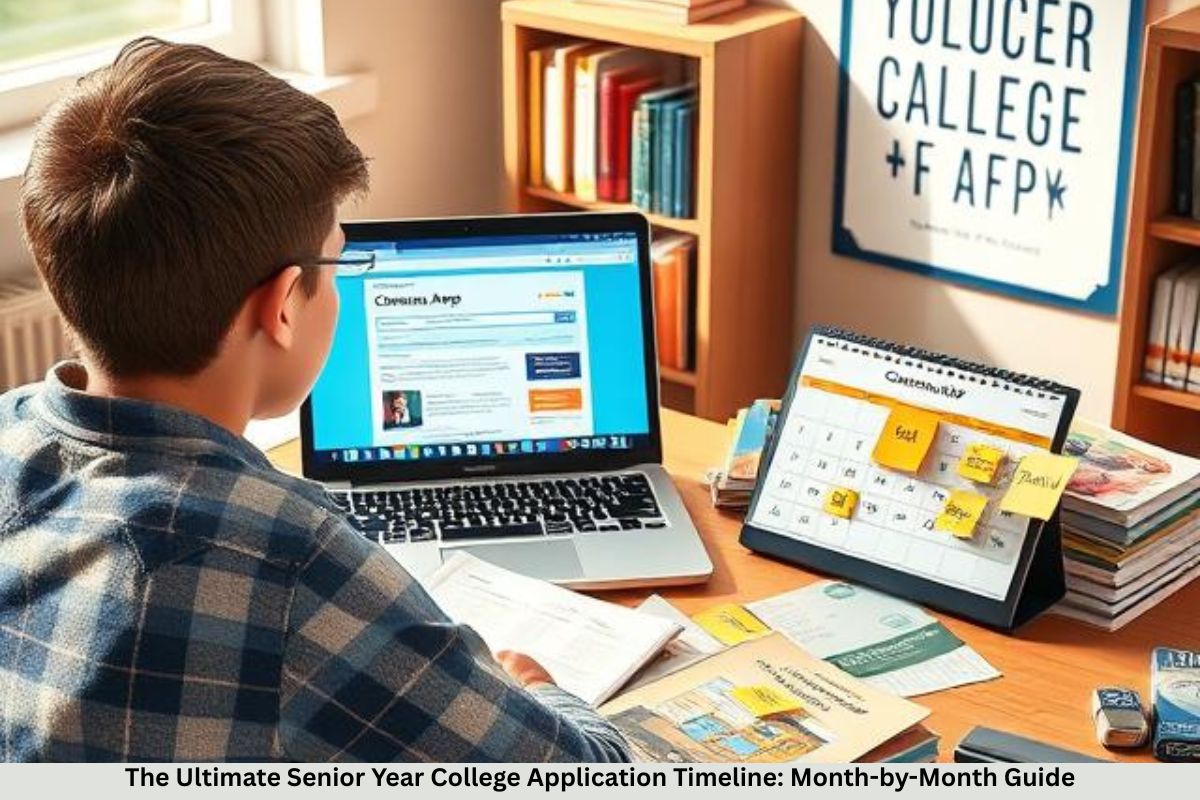Paying for college can seem overwhelming, but the Free Application for Federal Student Aid, better known as FAFSA, is your key to unlocking an international of financial resources. It’s the gateway to federal presents, loans, and grant packages that assist thousands and thousands of students pursue their higher schooling goals without drowning in debt.
In this guide, you’ll study the whole lot about FAFSA—what it’s miles, how it works, and what federal resources it unlocks. Plus, you’ll find hints to maximise your useful resource and keep away from common pitfalls. Ready? Let’s dive in!
Understanding FAFSA
What Does FAFSA Stand For?
FAFSA stands for Free Application for Federal Student Aid. It’s a central authority form utilized by the U.S. Department of Education to evaluate your economic need and determine eligibility for federal scholar resources.
Who Should Fill Out FAFSA?
Almost all and sundry making plans to attend college or professional faculty inside the U.S. Ought to fill out FAFSA. This includes excessive college seniors, present-day university college students, graduate college students, or even a few adults returning to high school.
When to Apply for FAFSA
The FAFSA software opens each year on October 1 for the subsequent academic year. For example, the FAFSA for the 2025–2026 faculty 12 months opens October 1, 2024. It’s vital to use early because a few resource is awarded on a first-come, first-served basis.
How FAFSA Works
The Application Process Step-by means of-Step
- Create an FSA ID: This is your login for FAFSA and other federal scholarship resource websites.
- Gather Documents: Tax returns, Social Security wide variety, and financial institution statements.
- . Fill out the FAFSA Form: Online at StudentAid.gov or through the myStudentAid cellular app.
- Submit and Wait: Your statistics is despatched to schools you listed.
- Receive Student Aid Report (SAR): Summarizes your FAFSA information and Estimated Family Contribution (EFC).
Key Documents Needed
- Social Security Number (or Alien Registration Number for eligible noncitizens)
- Federal income tax returns
- W-2 bureaucracy and information of different earnings
- Bank statements and investment information
- Records of untaxed earnings (if any)
How Financial Need is Calculated
FAFSA uses your and your own family’s income, property, family size, and the number of family members in college to calculate your Expected Family Contribution (EFC). Schools use the EFC to determine how lots federal aid you qualify for.
Types of Federal Aid Available Through FAFSA
Grants
Grants are “free money” that doesn’t have to be paid back.
- Pell Grant: The maximum common federal supply, presented based on financial need.
- Federal Supplemental Educational Opportunity Grant (FSEOG): For students with terrific monetary need.
Federal Student Loans
Unlike presents, loans have to be repaid with hobby.
- Direct Subsidized Loans: Interest is paid with the aid of the authorities at the same time as you’re in school.
- Direct Unsubsidized Loans: Interest accrues even as you’re in school.
Work-Study Programs
Federal Work-Study offers part-time jobs for college students with economic need, assisting them in earning money to pay for college costs.
Other Important Federal Resources
Federal Student Aid Website and Tools
The legitimate website, studentaid.Gov, gives calculators, mortgage simulators, and counseling to help you control your resources and loans correctly.
Loan Forgiveness Programs
Certain careers, like teaching or public service, may also qualify for mortgage forgiveness through packages like Public Service Loan Forgiveness (PSLF).
Federal Scholarship Programs
Some federal scholarships are available; however are more constrained. Your first-rate wager is to mix FAFSA aid with scholarships from states, schools, and personal assets.
Education Tax Benefits
Tax credits, just like the American Opportunity Credit and Lifetime Learning Credit, help lessen the amount of tax you owe, primarily based on certified training expenses.
Tips for Maximizing Your FAFSA Benefits
- File Early: Aid is restrained, so making use of early increases your chances.
- Be Accurate: Double-take a look at all the info to avoid delays.
- Update Your FAFSA: Life changes like marriage or activity loss? Update your info.
- Review Your Student Aid Report: Make sure your SAR reflects your scenario as it should be.
Common FAFSA Mistakes to Avoid
- Missing cut-off dates can value you useful resource.
- Not reporting all income effectively can delay or reduce useful resources.
- Forgetting to signal and post the FAFSA form.
- Assuming you follow best practice as soon as FAFSA should be renewed each year.
How to Appeal for More Aid
If your monetary state of affairs adjustments after filing FAFSA, you can file an economic resource appeal along with your school’s economic resource office. Qualifying events encompass a lack of profits, scientific prices, or other hardships.
FAFSA Myths Debunked
- Myth: I make an excessive amount of cash to qualify.
Truth: Many middle-class families qualify for some resources. - Myth: FAFSA is best for undergraduates.
Truth: Graduate students can apply too. - Myth: FAFSA is simply too complex.
Truth: It’s simpler than you think, and help is available.
Conclusion
FAFSA opens doorways to federal resources, which can make college affordable and reduce student debt. The key is to apprehend the way it works, practice early, and maintain your records up to date. Combine FAFSA assets with scholarships, state resources, and clever economic planning to fund your training efficiently.
FAQs
Can I practice for FAFSA if I’m an worldwide student?
Typically, FAFSA is for U.S. Residents or eligible noncitizens. International students should take a look at their colleges’ monetary aid options.
How long does it take to get FAFSA outcomes?
You usually get hold of your Student Aid Report within three–five days of submission.
What takes place if I don’t fill out FAFSA?
You may also miss out on federal grants, loans, and work-study applications.
Can FAFSA funds be used for personal faculties?
Yes, the FAFSA resource can be used at eligible public, private, and for-profit colleges.
How frequently do I want to reapply for FAFSA?
You must fill out the FAFSA each year to continue receiving financial aid.




